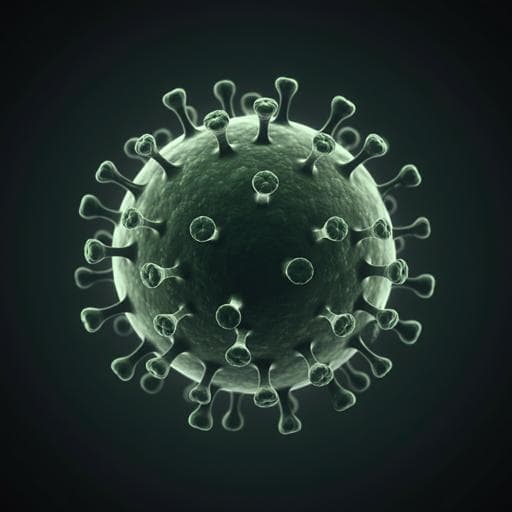
Veterinary Science
Assessment of African swine fever vaccine candidate ASFV-G-AMGF in a reversion to virulence study
P. Deutschmann, J. Forth, et al.
This study explores the safety of the promising ASF vaccine candidate ASFV-G-AMGF, revealing that despite some transient fever and increased virus replication in a forced animal passaging study, the animals remained healthy. Conducted by a team of experts including Paul Deutschmann and Sandra Blome, it emphasizes the importance of thorough safety assessments for live ASF vaccines.
~3 min • Beginner • English
Related Publications
Explore these studies to deepen your understanding of the subject.







